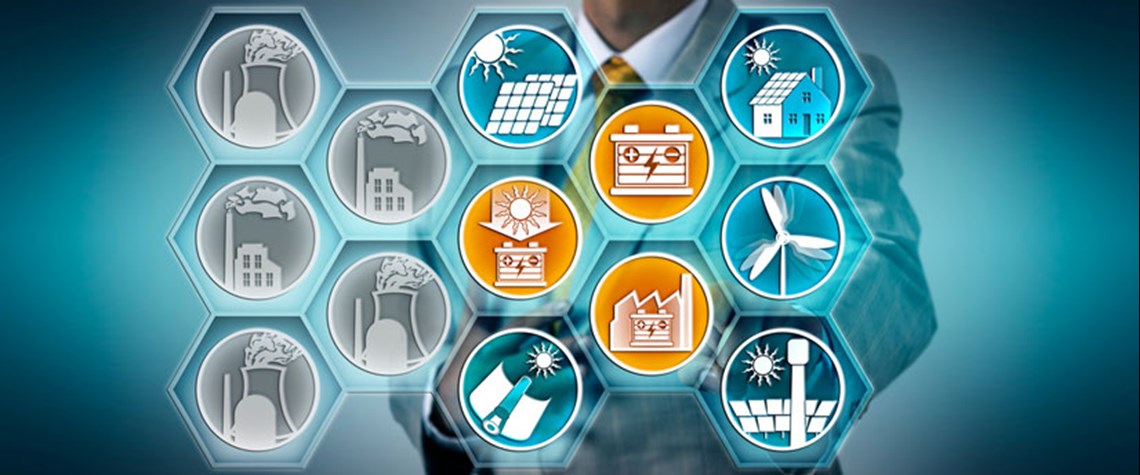BP and Shell prepare for the worst
The UK-headquartered majors are pursuing strategies that assume the future plays out least favourably for hydrocarbons
BP and Shell have presented their new corporate strategies for a lower-carbon world as crafted to be robust and resilient under each of three global energy scenarios they both lay out. But their worst-case scenarios for oil and gas—and hence, best-case scenarios for the planet—appear to be the new strategies’ key drivers, as if the firms’ existential fears should they not radically adapt their traditional business model trumps the potential greater profit should progress be slower. Shell’s Sky 1.5 and BP’s Net Zero were both modelled to meet the Paris Agreement’s more stringent 1.5°C goal. Despite this, these energy worlds of the future are surprisingly different for each scenario —in terms

Also in this section
28 November 2025
The launch of the bloc’s emissions trading system in 2005 was a pioneering step, but as the scheme hits 21 its impact as a driver of decarbonisation is still open to debate
18 November 2025
Vicki Hollub, president and CEO of Occidental, has been selected as the 2026 recipient of the Dewhurst Award, the highest honour bestowed by WPC Energy. The Dewhurst Award celebrates exceptional leadership, groundbreaking innovation and a lifetime of significant achievements in sup-port of the development and advancement of the energy industry.
11 November 2025
Transition policies must recognise that significant industrial demand for carbon will continue even as economies hit net zero
6 November 2025
After years of pursuing ideologically driven climate leadership, Western powers are now stepping back under mounting political pressure and rising populist opposition—prompting concern essential climate action could be sidelined







